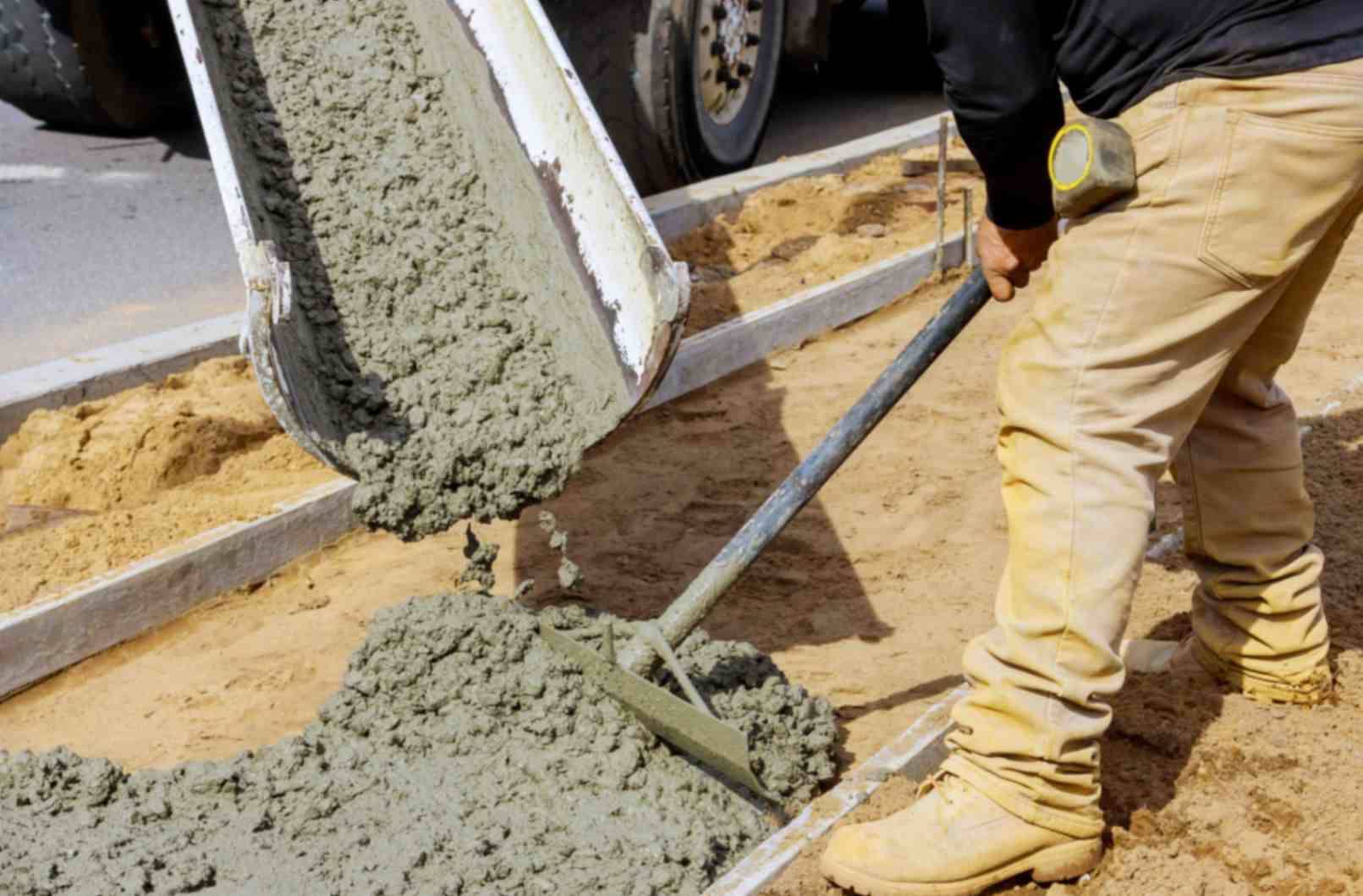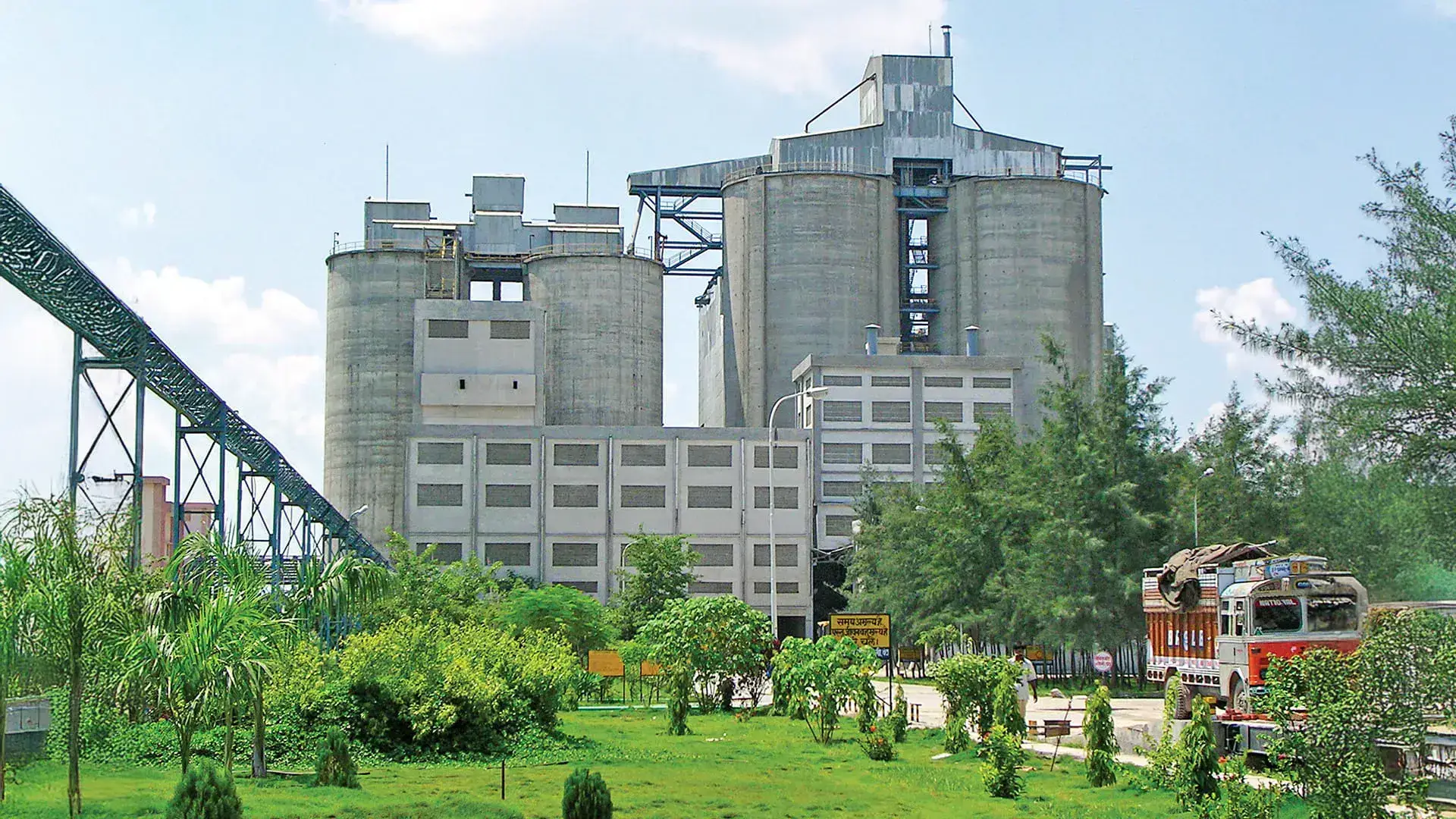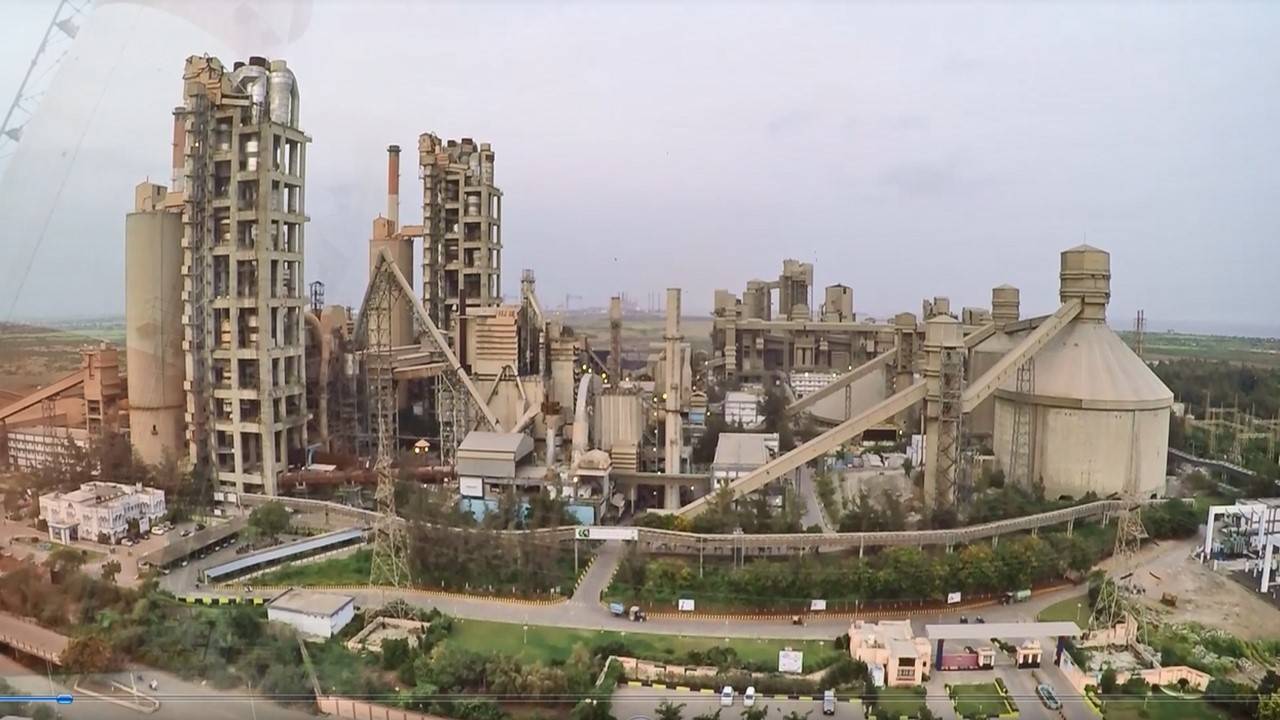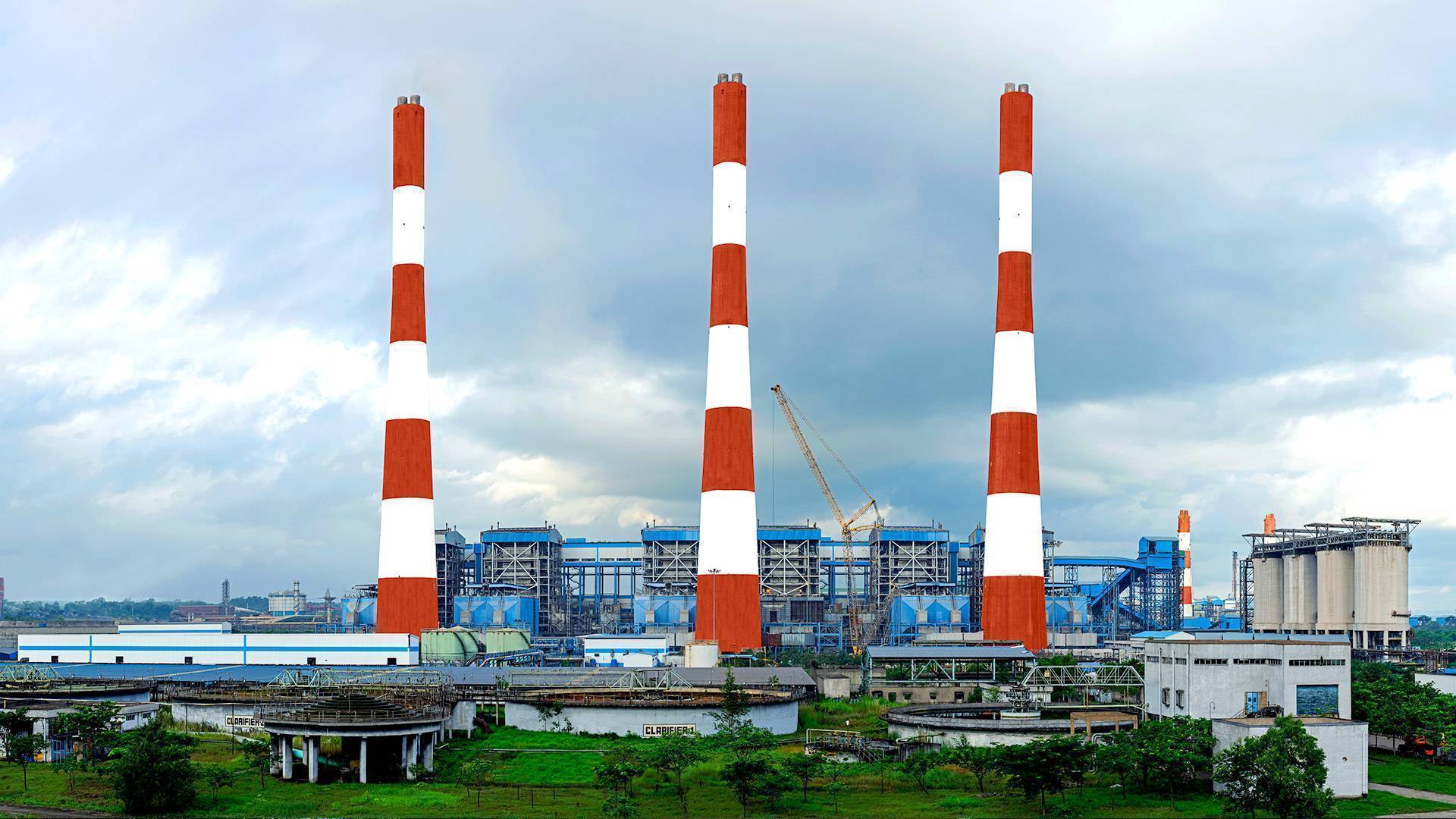The Indian cement sector is at a critical point as it enters fiscal year 2025 (FY25). With changing demand and big challenges ahead, those involved need to handle a situation full of opportunities and complexities. According to insights from India Ratings and Research (Ind-Ra), this detailed analysis explains the sector's path, showing the factors that drive growth and the obstacles in the way.
Demand Dynamics and Growth Projections:
The strength of India’s cement sector comes from its strong demand. Ind-Ra predicts that growth will continue, though it might slow down a bit. The industry expect a growth rate of five to seven percent in FY25, a bit slower than the nine percent increase seen last year. This slowdown could be due to the high growth of the previous year and smaller wage increases, especially in rural areas. Even with these factors, the outlook for demand is still positive, but those involved need to pay close attention to the details that influence how much cement people buy.
Key Drivers: Infrastructure and Housing:
The main forces behind the demand for cement in India are infrastructure projects and the health of the housing sector. The government's strong focus on improving infrastructure like transport, energy, and water management means cement demand should stay high. The housing sector also adds to this demand, though rising property prices might pose some challenges. Understanding these key drivers is essential for those in the sector to make the most of the growth opportunities.
Capacity Surge versus Demand Dynamics:
A big worry for the sector is the rapid increase in production capacity compared to the demand. FY25 is expected to see the biggest increase in capacity since FY2010, with 45 million tonnes of new capacity. While this shows optimism and planning for the future, it might lead to lower usage rates. Ind-Ra report analyses usage rates might stay below 70 percent, which could be tough for businesses dealing with too much capacity. Managing resources wisely and planning capacity carefully are crucial.
Regional Disparities and Utilization Rates:
The uneven spread of new capacity causes different usage rates in different regions. The north might keep strong usage rates around 80 percent, but central India might see a drop due to too much new supply. The west expects better usage rates, while the east struggles with too much capacity and low usage. The south, already dealing with low rates, might continue this trend, highlighting the need for strategies that consider local challenges.
Consolidation Imperatives and Profitability Paradox:
As competition grows and the market changes, merging with or acquiring other companies becomes important for cement businesses trying to keep their place in the market. FY24 saw many such deals, showing a trend toward more mergers. However, with more capacity and more competition, making money remains a concern. Low cement prices and expected drops in EBITDA per tonne for FY25 highlight the difficulties in making profits. Those in the sector must find a good balance between increasing market share and keeping profits to ensure long-term success.
Conclusion:
As India's cement industry enters the 2025 fiscal year, it faces a mix of opportunities and challenges. There is strong demand which promises growth, but there's also the issue of too much production capacity and pressure on profits. In this complex environment, being able to quickly adapt and maintain strong operations are key qualities for cement companies wanting to succeed. By taking a well-rounded approach that combines understanding of the market with strategies to manage risks effectively, companies in the cement sector can handle these challenges and achieve sustainable growth and profitability.









.png)